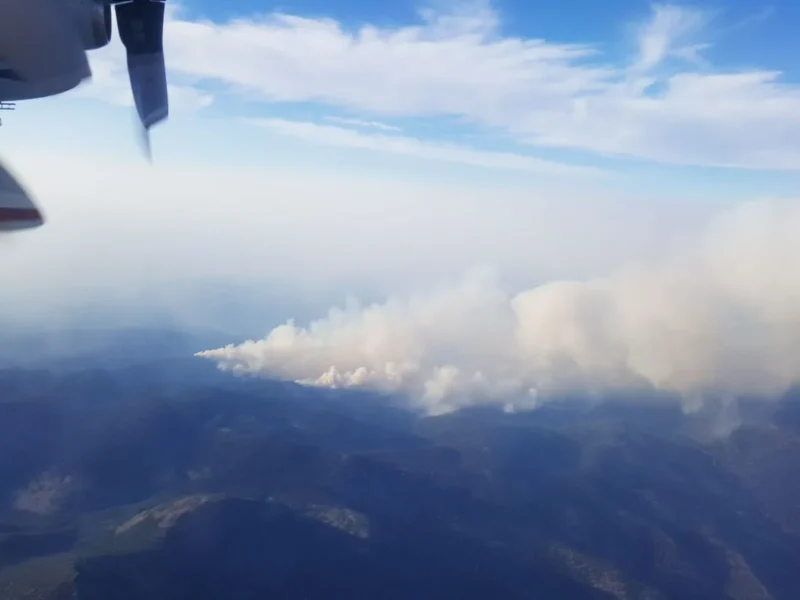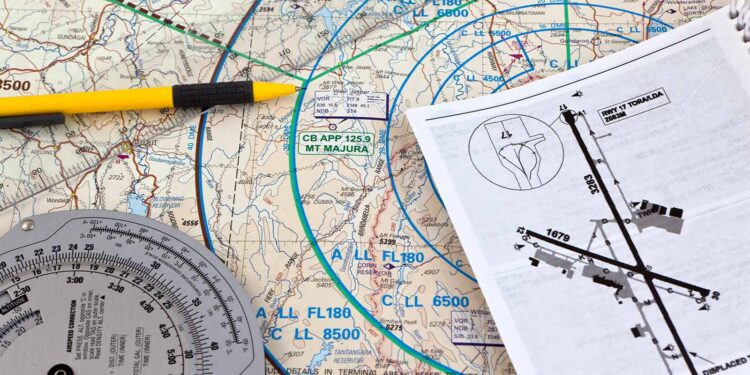I’m sure you’ve heard the news. Steve Fossett is trying to break the longest flight record in his Virgin Atlantic Global Flyer.
I’d be interesting to see if anyone is able to capture some clips of his travels on LiveATC.net. His route takes him over Canadian airspace (specifically Gander, NL) which LiveATC.net has a feed of.
In other news.. My latest flight went well. We covered slow flight and endurance. Some new milestones this flight were:
– I made my own copy of the ATIS for the first time! I swear I didn’t hear the temperature and dew point. But my FI said it was there!
– I did a “simulated” overshoot (that’s where you abort a landing in case ATC tells you to or something is on the runway when it shouldn’t be)
– Discovered the reason why you move your flaps in increments.
– Experienced a slipping turn
– First HASEL check!
My radio work has improved. I don’t feel as awkward on the radio any more.. I’m going to continue to practice on my own. I feel like such a loser talking to my self out loud – I just make sure nobody can hear me! ;)
Slow flight is interesting and this was the first time I was in the airplane with 40° of flaps. It really brings the nose down a lot! I feel like I should be plummeting to the ground in this attitude.
We were doing all of the air work at probably the highest I’ve ever been (around 4500-6000′). There are four indications you can use to determine you are in slow flight:
– Excessive nose up attitude
– Slow airspeed with high engine rpms
– Sluggish aileron controls (you need to move the yoke a lot to get any movement from the plane)
– Airspeed between stall speed and max endurance speed
Because of the excessive nose up attitude, you cant see anything in front of you. All you see is blue sky. Because of such you need to do a HASEL check. This check is done for certain maneuvers so that you can perform them safely.
H – Height (when you exit the maneuvers you must be > 2000′ AGL)
A – Area (you are not over a built-up area)
S – Security (bags are stowed, windows/doors are locked, seat belts adjusted)
E – Engine (perform pre-landing checklist)
L – Lookout (perform one 180° turn, or two 90° turns ; looking for traffic)
One thing that I did not prepare for was the pre-landing checklist. I forgot to memorize this. Will have it done for next time.
Just like with landing, with slow flight you control airspeed with attitude and altitude with engine speed. If you are in slow flight and are descending, then add more power. If you are going too fast, bring the nose up. It may sound counter-intuitive… but it makes sense.
Because we were so high doing these exercises, we had to drop altitude quickly before we could start heading back to the airport. My FI put us into a slipping turn. Thats where you turn the airplane, but apply rudder in the opposite direction. We were getting a 1500 fpm descent rate while turning 180° to head back to the airport.
I still need to work on my throttle control. I’m still hesitating in some situations, I hope to get that nailed down soon. My FI assured me that I’m progressing well and I’m starting to take on more tasks while doing my exercises. This is good. As it stands right now, March isn’t looking good for flying. Most of the weekends are already booked by other people.
1.5 hours added to the count!

